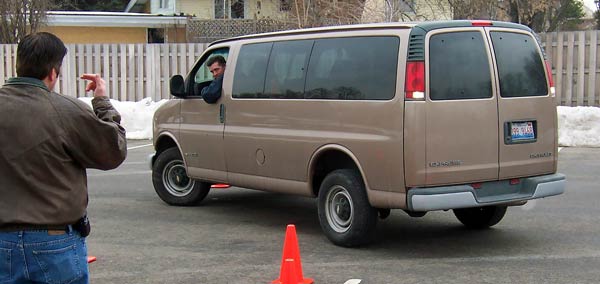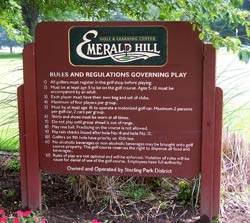 LCR Revisions Offer Enhanced Guidance
LCR Revisions Offer Enhanced Guidance
Each year, PDRMA’s Risk Management consultants review member loss trends, examine new loss exposures, and track new regulations to see how the Loss Control Review (LCR) can better help members. The 2017 Loss Control Review forms include additional questions, more explicit guidance and modified scores to address new and ongoing member issues.
One such issue is staff turnover, and the updated LCR provides practical guidance for this challenge currently faced by many members. “The LCR evolves with our membership,” comments Jackie Pierce, PDRMA Risk Management Consultant. “There’s been a surge in turnover in the field within our membership — a lot of retirements and folks accepting new risk management duties. That makes it more important than ever to refine and expand guidance for our members.”
In addition to a specific recommendation to develop transition plans for Safety Coodinator roles so no balls get dropped, the new LCR forms include several solutions that give more guidance to member staff in their new roles.
“The LCR is the tool to develop and maintain a strong risk management program for each member,” Pierce notes. “We’ve enhanced some questions and amped up the weighting of others because they’re the membership’s current priorities.”
For instance, tackling fleet safety — specifically backing incidents — is always a priority for members. So there’s a new question that highlights best practices to address that, including installing back-up alarms and cameras, adding spotters and reducing backing in general.
Another important change is the addition of two field-observation questions along with increased value for each. PDRMA’s LCR member surveys indicate members give consultants’ field observations high marks for helping them achieve greater awareness of risk management along with agency buy in of its importance and impact. “These questions give consultants the flexibility to address each member’s efforts at the department level,” Pierce explains.
 Other changes include more specifics when it comes to signage and playground conditions, an increased focus on the contractual management process and more weight given to incorporating risk management best practices into contracts with ‘hold harmless’ language. Since park ordinances are a key tool in defending against lawsuits, the 2017 LCR enhances the existing ordinance question. Other changes include more specifics when it comes to signage and playground conditions, an increased focus on the contractual management process and more weight given to incorporating risk management best practices into contracts with ‘hold harmless’ language. Since park ordinances are a key tool in defending against lawsuits, the 2017 LCR enhances the existing ordinance question.
“Overall, these changes are really nothing major, just refining questions,” she says. “PDRMA’s Risk Management Committee reviewed and approved these modifications, all of which will help members focus their time and best efforts where they make the most sense.”
PDRMA Resources:
|

